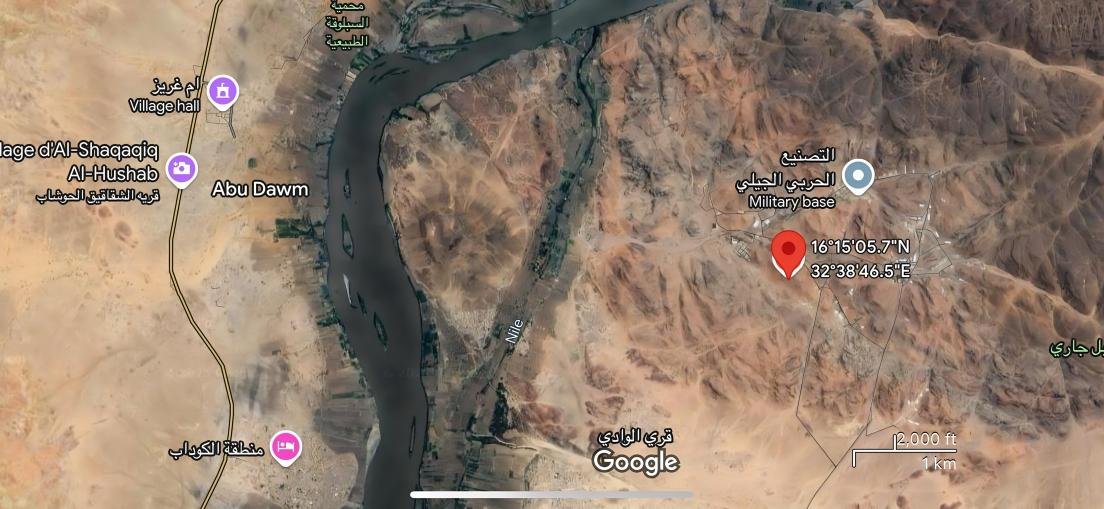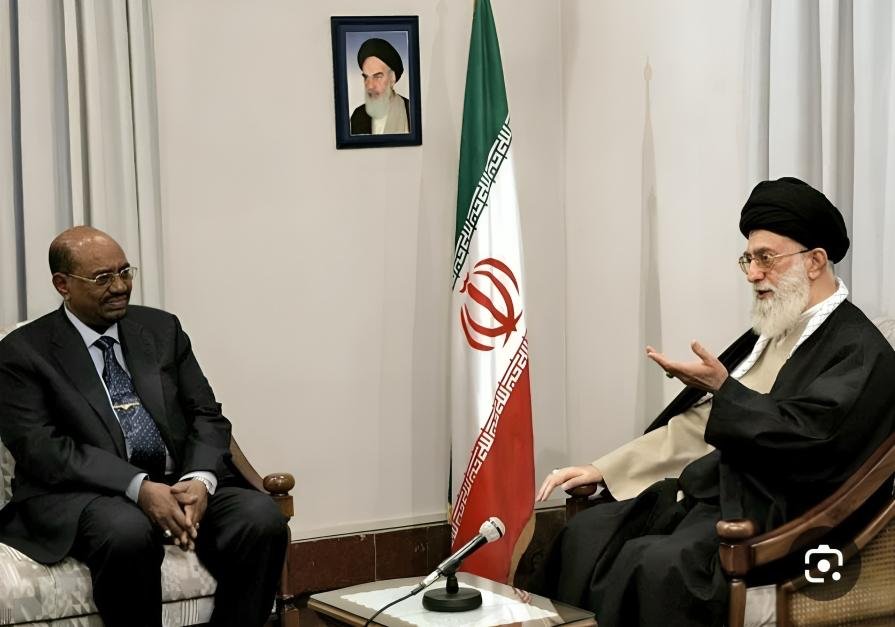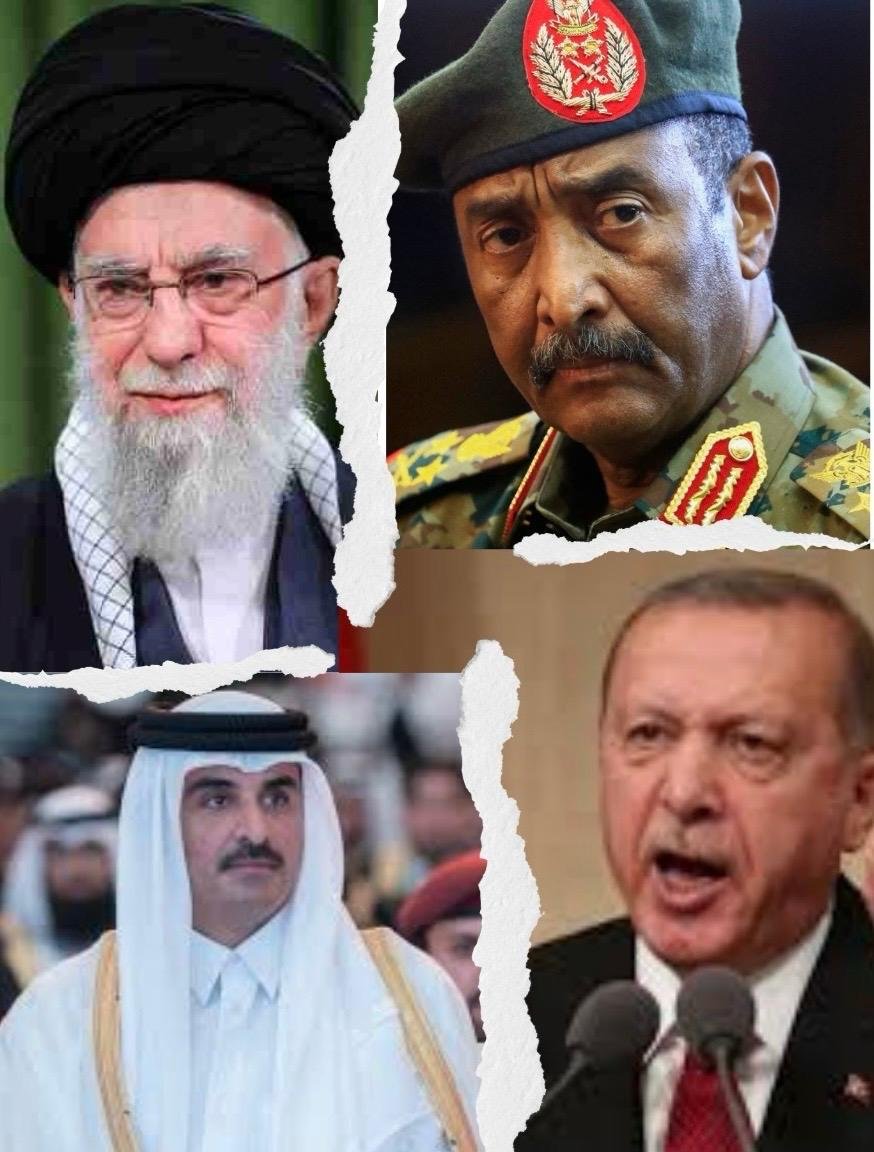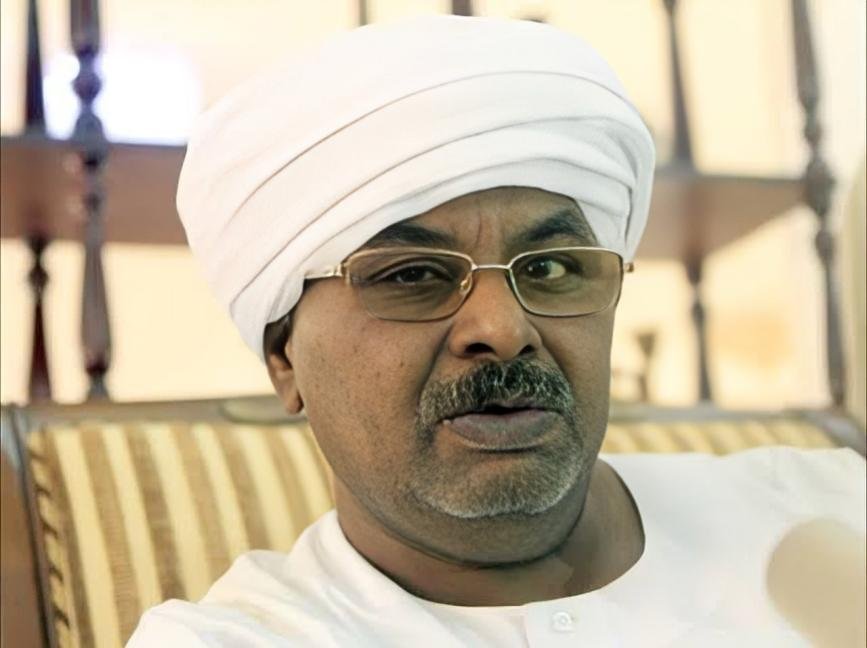Report: SPT
Amid rising regional and international tensions, alarming reports continue to surface concerning deepening military cooperation between Iran and Sudan, as Tehran works to establish a military arsenal and infrastructure under its control on Sudanese territory. These developments come at a highly sensitive moment, coinciding with the resurgence of Islamists in the political arena and their expanding influence within the military establishment and foreign policy decision-making. This follows the outbreak of war between the Sudanese Armed Forces and the Rapid Support Forces on April 15, 2023 raising concerns that Sudan could become a strategic launchpad for Iranian influence in Africa and a potential conduit for regional destabilization.
The situation has grown even more precarious amid mounting regional and international fears that Sudan may evolve into a new proxy battleground against Israel, fueled by increasing signs of Iranian intelligence activity. Furthermore, Iran’s growing military footprint in Sudan poses a direct threat to the security of the Red Sea one of the world’s most critical maritime trade arteries placing global stakeholders before a set of complex geopolitical and security challenges.
These developments unfold against the backdrop of ongoing U.S.-Iran nuclear negotiations, with the third round scheduled to resume this Saturday in Muscat, Oman. Reports indicate that Tehran has refused to include its long-range missile program in the talks, insisting they focus solely on its nuclear activities.
In this context, Rafael Grossi, Director General of the International Atomic Energy Agency (IAEA), warned in an interview with Italy’s La Repubblica that delays in reaching a deal could allow Iran to disrupt monitoring mechanisms or move forward with higher levels of uranium enrichment.
This report explores the latest evidence of Iran’s military entrenchment in Sudan and its potential ramifications for both regional stability and global security at a time when major powers are fiercely vying for strategic dominance in one of the world’s most volatile theaters.

Reliable Sudanese military sources have confirmed the arrival of massive Iranian military equipment, believed to include missiles, at an underground tunnel complex constructed with Iranian assistance in the mid-1990s. The facility is located beneath the highlands of Jebel Jari, southeast of the Military Industrial Complex, north of the Al-Jaily area in Bahri, north of the capital, Khartoum.
The sources revealed that military experts affiliated with Iran’s Islamic Revolutionary Guard Corps (IRGC) visited the site earlier this month. They noted that the complex includes 13 fortified entrances and had previously been refurbished with Iranian support to serve as a potential storage site and missile base.
According to corroborating intelligence from security and military sources in Port Sudan, recent shipments of weapons and military equipment including advanced drones, communication systems, military radars, and sophisticated air defense systems have arrived in the country. Among these is the “Matla Al-Fajr-1” early warning radar system.
The sources reported that a portion of these weapons, along with other unspecified categories of heavy military assets, was later transported to Khartoum. They indicated that the materiel is not intended for use in Sudan’s ongoing internal war but rather stored for Iran’s benefit as part of a broader strategic arrangement.

A Sudanese military expert, speaking on condition of anonymity, stated that Iran is capitalizing on Sudan’s political and military instability to advance its regional expansionist agenda. He disclosed that Tehran had secretly proposed a mutual defense protocol through officials in Port Sudan—a move signaling its intent to turn Sudanese territory into a staging ground for settling scores with adversaries, particularly Israel.
The expert warned that Sudan risks being dragged into international conflicts beyond its capacity to withstand, with grave implications for both Sudanese and regional security.
When asked whether Islamists within the military were facilitating Iran’s growing military presence, he responded:
“Without a doubt, the Islamists are the primary beneficiaries of this alliance and are actively working to entrench it. However, it is the indecisive and wavering leadership of Army Commander Abdel Fattah al-Burhan that has enabled this.”
He described al-Burhan as “an elusive figure with inconsistent positions,” adding: “He tells each side what they want to hear without real commitment, adopting contradictory stances depending on the circumstances.”

The military and security partnership between Iran and Sudan traces its origins to December 1991, when former Iranian President Hashemi Rafsanjani visited Khartoum and met with then-Sudanese President Omar al-Bashir and leaders of Sudan’s Islamist movement. This faction had come to power through a June 1989 military coup that overthrew Sudan’s democratically elected government. The rapprochement occurred under circumstances strikingly similar to Sudan’s current situation, with the country facing regional and international isolation due to the coup.
Following Rafsanjani’s visit, Iranian security and military delegations began frequenting Khartoum. This cooperation culminated in the construction of the Al-Yarmouk Military Industrial Complex in early 1993, built under the supervision of Iran’s Islamic Revolutionary Guard Corps (IRGC). The facility was designed to produce weapons and ballistic missiles, serving Iran’s strategic interests by expanding its arms stockpile and regional influence.
According to numerous international reports, weapons and missiles manufactured at Al-Yarmouk were smuggled to Hamas in the Gaza Strip under the oversight of Sudanese security agencies. These operations continued until the complex was completely destroyed in an Israeli airstrike on October 23, 2012.
Remarkably, security and military collaboration between Tehran and Khartoum persisted even after the Israeli strike, continuing until January 2016, when Sudan officially severed diplomatic ties under intense pressure from Gulf states. Taha Osman al-Hussein, then-head of ousted President al-Bashir’s office, played a pivotal role in the decision.
The move caught Sudan’s Islamists by surprise despite their control over the Foreign Ministry, they were neither consulted nor informed before the abrupt announcement.
A report by the Small Arms Survey (a Switzerland-based independent research organization) revealed that Iran became Sudan’s second-largest arms supplier, playing a key role in domestic weapons production.
In late 2015, Al-Intiqad an online publication affiliated with Lebanon’s Hezbollah, which is listed as a terrorist organization reported that Iran’s Supreme Leader Ali Khamenei had met with 300 Sudanese students enrolled at a Shiite institute in the city of Qom, named after Ayatollah Khomeini. The publication has since ceased operations.
Sudanese sources widely claim that dozens of Sudanese Islamists, after receiving religious training in Iranian seminaries, were later absorbed into key positions within Sudan’s Foreign Ministry.
Prior to the 2016 diplomatic rupture, the number of Iranian military and security personnel in Sudan was estimated at 900. However, highly reliable security sources confirm that following the outbreak of Sudan’s current conflict, 117 Iranian operatives remain permanently stationed in the country excluding visiting diplomats and temporary personnel.




